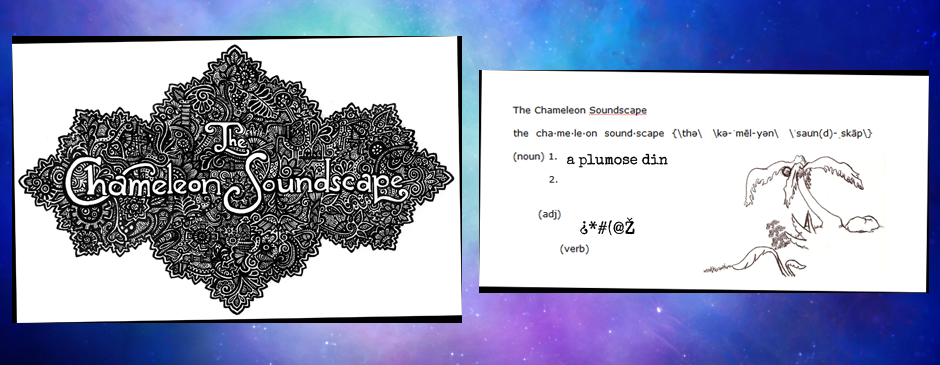Alesis 3630 compressor
Alesis 3632 compressor
I use these as compressor, boost, and dirt effects in my guitar rack, and I really like them in these roles. I've read it said that the 3632 delivers the 3630 sound, but with better quality components, and less noise, but I find there to be tonal differences between these devices, despite them also having similarities in their characteristics.
Out of all the the many signal-boosting devices that I have (pedals and rack devices), I find that these two Alesis compressors (and without using any of their compression features) are stand-out in giving played sounds distinct crisply-defined edges, when their output boosting feature is used. And this is a quality that I especially like.
If I play a note using any of my other boost pedals, I would describe the resulting sound as still having a relatively soft-sounding shape and experience, whereas the quality from either the 3630 or 3632 imbues played sounds with a quality that I would describe as firm, strong, solid, which increases as the output gain is increased. And between the two compressor devices, I think that the 3630 does this more greatly than does the 3632.
One big downside to the 3630, though, is its limited gain level headroom, which, when exceeded, completely garbles whatever sound is passing through the device. And to avoid this, either output levels on pedals ahead of the 3630, or the output gain on the 3630 will have to be turned down sufficiently to keep the overall signal level beneath the headroom threshold of the 3630's gain capacity. As I mentioned, I like the crisp quality given from cranking the output on the 3630, so I have to adjust the volumes of other things in my signal chain in order to still be able to push the output on the 3630 at the end of it all, while preserving the sound.
I also perceive the 3630 as imparting a darker quality and colouration upon output tone than the 3632, which is pretty transparent-sounding, meaning that it doesn't really add colouration to sound that is put into it. And this makes its output tone seems a little brighter, and perhaps a bit thinner, to me, when contrast with the 3630's output tone. The Smashing Pumpkins' album Mellon Collie and the Infinite Sadness featured a base amp setup of a Marshall JMP-1 preamp, going into an Alesis 3630, which then went into a Strategy 500 power amp (and this is where my similar base amp setup of an Alesis 3630, going into a Marshall JMP-1 preamp, going into a Strategy 500 power amp is inspired from). And being familiar with the 3630's sound colouration, I recognize it as a key (though smaller) piece of that album's darkish tone.
Both the 3630 and 3632 have interesting and very usable distortion characteristics, when their output gain is cranked enough on an already boosted signal, and both are again pretty distinct from the other signal boosting devices that I have, and both also convey their crispnessness. The 3630's distortion sounds to me like a bunch of very short but firm bristling hairs of light, whereas the 3632's is more granular and evenly-spread throughout the sound.
Both devices are great general compression, boost, and dirt effects for a guitar setup, though I find the 3630 to impart a darker and note-thickening tone quality, and to have a slightly-different dirt sound. For now, the 3630 is in my amp rack, though I'm sure I'll be swapping between them, now and again.
C~ Soundscapes





